|
Isn't she beautiful?! Bless the Earth shows the miracle of our planet Earth through beautiful imagery and delightful poetry, calling all people, young and old, to care for our wonderful world. I am so thankful to editors June Cotner and Nancy Tupper Ling for selecting my poem "Wonder" to be part of this important collection, published by Convergent/ Penguin, and to Keum Jin Song for her gorgeous illustrations. I cannot wait to hold this book in my hands and browse the pages. Luckily we don't have to wait much longer, because Bless the Earth launches April 2, 2024.
To pre-order Bless the Earth, please check out Penguin’s website or preorder through Blue Bunny Books and Toys.
0 Comments
In December 2023, Writers' Loft Press launched a collection of over 100 original, illustrated poems about mythological creatures. With over 13 different types of poems, this book is an unbelievable poetry resource for teachers, librarians, and parents. I am so excited that three of my poems are included in this beautifully illustrated anthology, Gnomes and Ungnomes: Poems of Hidden Creatures Did you know gnomes are infectious? During the poetry critique group stage, that was part of the publication process, Cindy Greene's "Don't Disrespect Tomte" poem left a clear impression on me. As a matter of fact, Tomte insisted that I honor him and his friends in my ceramic endeavors. When my son came home from college to a collection of half-built gnomes a few months later, he caught gnome fever too, and I received this hygge gnome lamp from him for Christmas. All this to say: don't be surprised if one of the creatures in this anthology visits your dreams and ignites your imagination - just pray it's not one of the inhabitants from the scary section! And, whatever you do, don't forget to find the hidden gnome on every spread, because gnomes are everywhere. Writers' Loft Press also created these fabulous Creature Bios. You can check out all the featured creatures here. Gnomes and Ungnomes is stocked in-store at Blue Bunny Books, and Aesop's Fable. It can be ordered online through Bookshop or Amazon.
Click here for more about Gnomes and Ungnomes' contributors.  Recently, while waiting in my car for my son’s cross-country practice to wrap up, a young boy rushed into view. His dad ambled behind him, long legs stretching, catching up to the running boy. They stopped on a grassy patch next to the parking lot, the dad produced a white ball and a well-worn mitt, and a game of catch ensued. Thing is, I know this dad. He is a teacher at the school, and like most teachers, he is probably over-worked and exhausted, waiting for his older kids’ practice to end so he could go home, eat dinner, and head to his second job. I know that he likely has a stack of papers on his desk that needs grading, and enough work in his room to keep him busy for the rest of the afternoon – or the rest of eternity’s afternoons. I can see that in his tense shoulders, the sternness in his face, the stiffness in his throwing arm. And yet, there he was. Playing catch with his son. At first the game was stop-and-start, with fumbles and misdirected throws. But then the boy caught a ball. And the next one. And the next. And with each catch, he grew taller, and his smile grew wider. They settled into a rhythm and soon the boy was winding that pitching arm like a pro. The dad squatted low in the catcher’s stance. His shoulders relaxed. His brow smoothed – the teacher-stress-sternness replaced by laughter. Back and forth the ball went, and the conversation too. I found myself drawn to the simple joy of the moment. Unable to look away, I followed the come and go of the ball. Hypnotizing. And somehow my stress, my hurried mind, my tense shoulders all melted away too. Only ball, boy, dad, and joy. My own boy arrived and the trance was broken as we hurried along with the rest of our day. But the peace remained. That is the power of play. It leaves its fingerprint on all who are willing to participate. This new year, I invite you to plan for play. That dad planned – he had a ball and a mitt and a purposeful walk to a grassy patch. Surrender to play, like the teacher-dad who forfeited a clean desk for a game. Connect in play, with laughter and conversation. And carry the joy of play with you into your daily obligations. ~Amanda Smith The last few months have been tough for mirror-books where marginalized readers can find a reflection of themselves, and their history, culture, and joys. In some states these books have been pulled from library shelves and banned from classrooms, which leaves me wondering, “What are we afraid of?” Because as an educator I have always believed that the point of education is to guide children to become independent, thinking, autonomous adults. People who can hear another’s point of view, observe differences, make inferences, and draw conclusions. These critical thinking skills should be taught not only in the sciences, but especially in the language arts. The truth is, if you are a diverse reader, you will sometimes read books that make you feel uncomfortable. You might meet some main characters with whom it is hard for you to identify. You might see a point of view that opposes yours. That's okay. Keep reading. Because that is exactly why reading diversely is important. Reading books about characters, circumstances, or paradigms different from yours leads to questions. Hopefully those questions will lead to introspection, conclusions, and greater understanding. And deeper empathy for your neighbor. Diverse readers become kind people. Here we are, more than halfway through Black History Month, and I wonder, have you read anything this month that offers a window? Do the kids in your life have access to both windows and mirrors? Here is a list of my recent reads by black authors or featuring contemporary black main characters. Check them out! Picture Books: The Me I Choose to Be by Natasha Anastasia Tarpley, art by Regis and Kahran Bethencourt Boogie Boogie, Y’all by C.G. Esperanza The Sun, the Moon, and the Stars by Rachel Montez Minor, art by Annie Won Change Sings: a Children’s Anthem by Amanda Gorman, art by Loren Long Zuri Ray Tries Ballet by Tami Charles, Art by Sharon Sordo Me &Mama by Cozbi A. Cabrera A Place Inside of Me by Zetta Elliot, art by Noa Denmon All Because You Matter by Tami Charles, art by Bryan Collier Black is a Rainbow Color by Angela Joy, Art by Ekua Holmes Brown Sugar Babe by Charlotte Watson Sherman, art by Akem Middle Grade: Tristan Strong Punches a Hole in the Sky, Tristan Strong Destroys the World, and Tristan Strong Keeps Punching by Kwame Mbalia From the Desk of Zoe Washington by Janae Marks Clean Getaway by Nic Stone The Only Black Girls in Town by Brandy Colbert. Black Boy Joy edited by Kwame Mbalia Twins: A Graphic Novel by Varian Johnson and Shannon Wright New Kid by Jerry Craft (The first graphic novel to win a Newbury Award) Class Act by Jerry Craft Young Adult: Me (Moth) by Amber McBride Clap When You Land by Elizabeth Acevedo (All Elizabeth Acevedo’s books are fabulous!) Dear Martin by Nic Stone Swing and Solo by Kwame Alexander (He also wrote Middle Grade Newbury Winner The Crossover. All his books are fantastic!) Everything, Everything by Nicola Yoon (Yes, you want to read everything (everything!) Nicola Yoon wrote.) Also check out books by Angie Thomas and Tomi Adeyemi. To find out more about new books by black authors, sign up for Kwame Mbalia’s Black by Popular Demand newsletter here.  Last year during a particularly lovely walk on country roads, a dear writing friend and I were discussing, as we often do, our goals and progress. In the beginning of the year, she had set herself a pretty steep reading goal, but life threw a couple of curve-balls in her direction, her work situation had changed, and now these reading goals pressed heavily upon her. Here’s the thing, though: She is a reader. She reads copious amounts of books in all genres. Reading is not a task for her, but a joy. Which led me to wonder, out loud, “Why do you have reading goals?” If we are true readers (and she and I both are), do we really need an app to remind us to read? Do we really need to add a number to the amount of books we consume? Wouldn’t we do it anyway? My son is a ferocious reader. He will plough through books at the sonic speed of the Concord, and our local librarian can attest to that. There was a time when she’d raise an eyebrow at the tower of books he carried to the counter before he sprinted away to fetch a second stack. She has since learned to laugh and offer us an extra bag. For his ELA class he has to set a quarterly reading goal. Because he reads so much, he aims high. And lately, sometimes, too high, because he doesn’t take into account the increasing homework demands and extracurricular activities that come with growing up. This leads to stress and unhappiness and joyless reading at the end of the quarter when he discovers he is 20 books short of his goal. Which leads me again to ask, “What is the point?” Now, I understand: Not all people are eager readers. Sometimes, for totally legitimate reasons, some people are very reluctant readers. While others just haven’t found the right books yet. And others choose to spend their free time on different activities. For reluctant readers who recognize that they are such, and would like remedy that I say, by all means, yes! Set some realistic reading goals. For students who spend way too much time on screens, who are developing readers and writers, and who still have a lot to learn about interacting with the world and other people, yes, set reasonable goals. But for those of us who already are readers, who find joy in books, who surround ourselves with books, who carry them with us wherever we go, who feel naked if we don’t have one within arm’s reach, just don’t. Don’t make a want a must. Don’t turn a joy into a task. Don’t suck the life out of something that should be life-giving to you. Reading is freedom. It allows your mind and heart to adventure outside your body. Don’t let your goals hold you hostage. Now this is a risky opinion for me as someone who wholeheartedly believes in goal-setting and has been blogging about it on 24 Carrot Writing these last seven (!) years. But I also believe in rewards, in those carrots, so to speak, in celebration! When I was in high school, reading wasn’t taught the way it is now, with reading workshops and book goals. But my teacher had a small classroom library (she was revolutionary!) and she often casually recommended books. One year she had us start a reading log in the back of one of our notebooks. She simply said, “Sometimes it is nice to see what you have read.” She never graded it, or made us fill it out. She did check it on occasion, because I would find encouraging notes from her there. And that fanned the flame of my love for reading. So rather than setting goals for books to read, celebrate the ones you have read. Log them in Goodreads, or write them in a reading notebook, or color books on a bookshelf coloring page, or make a check mark in your bullet journal. You will still read as much, if not more than you would have with goals. But it will be free, joyful reading. ~ Amanda Smith ~by Amanda Smith Working with Kristen Wixted and Heather Kelly on the cover reveal of FRIENDS & ANEMONES: Ocean Poems for Children, one theme came up time and time again: The conservation and restoration of the ocean, and ways in which we can contribute. I have always been a big proponent of buying sustainable products and reducing single-use plastics in our household. While doing research for my poems, I learned more than I wanted to know about islands of floating plastic in the ocean, and how our wasteful living impacts the fantastical animals who call the ocean home. The biggest problem by far, is single-use plastics. I have found a few wonderful products that we use in our everyday lives, and that help us cut back on single use plastics in our house.  We have been using Planet Box lunchboxes for the last nine years. These boxes are super durable and all the sections make for creative lunch options without having to use multiple baggies. They are dishwasher safe, easy for little hands to open and close by themselves, and come with insulated pouches and smaller canisters for dips or extras. At first glance the price might seem a bit high, but I promise you these are the last lunchboxes you will ever buy. We prefer the Shuttle lunchbox as it grew the best with our kids, meeting their middle and high-school lunch needs. For myself, I love the Rover, pictured here, as I’m not typically a sandwich person. 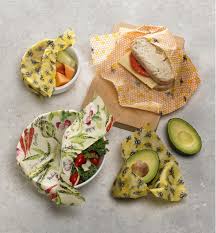 At home, I use glass bowls, such as these by Pyrex, for leftover storage. Even though the lids are plastic, they are durable, lasting for many years, and recyclable once they perish. However, sometimes one needs a wrap to cover that half a watermelon or avocado. I love beeswax wraps for this purpose. Investing in different sizes is definitely a good idea.  In my quest to limit plastic containers entering our home, I have switched to TruEarth laundry detergent strips. They are super easy, no mess, environmentally friendly, and they work! Simply pop one strip in your washing machine’s detergent dispenser and there you go. The strips are packaged in a fully recyclable paper envelope.  My main reason for resisting daily-wear contact lenses is the thought of innumerable tiny plastic containers, foil lids and lenses in landfills. This year during my optometrist visit, I noticed a contact lens recycling box in the office. Did you know Bausch and Lomb has a recycling program where every single item of your contact lens-use, from foil to lens can be recycled. Find out more here or ask your optometrist about it. Years ago, we used to buy small plastic baggies for cleaning the litter box. It dumbfounded me that we would put perfectly biodegradable substances in a sealed, non-degradable bag. Our solution was to use small paper lunch bags. They work super if you close them well. We are not a dog household, so I don’t know it paper bags would work for dog needs, but I would encourage you to give it a try.  No matter how well intentioned we are, single use plastics will still find their way into our homes. What to do with film plastic such as bread bags, cereal bags, enormous plastic bags that cover furniture purchases, bubble wrap-envelopes used by delivery giants, cling wrap over fruit, shrink wrap around vegetables? Did you know you could recycle these along with grocery bags at most grocery stores? Just shake out the crumbs. As long as the plastic is clean, it can be recycled. Trex use these materials in manufacturing their composite wood decking. Learn more here about the Trex plastic recycling program and nationwide recycling partners, hang a large bag for collecting the single use plastics that enter your home, and start making a difference! Plastic pollution and the way it impacts ocean life is not an easy fix. But by making a series of small changes in our purchases and behavior, we can collectively make a huge difference to the protection and rehabilitation of the ocean. Oh, one more way you can directly be involved in protecting the ocean is to support the Rozalia project. Until the end of December all proceeds from the Writers’ Loft Anthology, FRIENDS AND ANEMONES: Ocean Poems for Children will also be donated to the Rozalia project I am a member of The Writers' Loft. However, I am not affiliated with any of the companies mentioned in this blog, nor do I get any compensation from them. All opinions in this piece are my own, and based on personal experience.
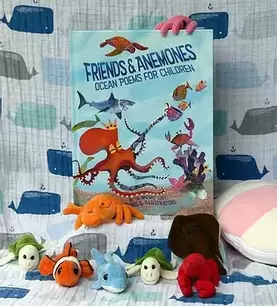 Last year, when the Writers’ Loft posted the call for submissions for the anthology FRIENDS AND ANEMONES: Ocean Poems for Children, I knew right away that I wanted to participate. I was brand new at the Loft when their previous anthology AN ASSORTMENT OF ANIMALS was in the planning stages, and I missed the submission window. Once AN ASSORTMENT OF ANIMALS launched, my social media was filled with exciting group book events and library visits. That was the experience I wanted. I needed to learn about the book making process, marketing, organizing book events, and presenting to an audience. How perfect for an introvert like me to learn with other authors and illustrators by my side. This year I obviously didn’t get the book launch experience I had wanted when FRIENDS AND ANEMONES launched virtually in November. Nor are we having book store events, school visits or library story-times, yet. However, I gained so much more than I had bargained for when I’d first decided to participate: One of the biggest gains for me was meeting the talented Leanne Leutkemeyer and Jodie Apeseche, who illustrated my words. I absolutely love their illustrations, and getting to know these artists on a more personal level was really meaningful to me. I always love learning from artists about their process and techniques, and as an extra bonus, I got to pick the brains of a slew of illustrators while doing guest blogs and cover reveals for 24 Carrot Writing.  Details from Cuttlefish by Jodie Apeseche. Details from Cuttlefish by Jodie Apeseche. The benefit of participating in a collaborative project like the anthology, is that it strengthens community. Our connections grow, names become friends, and we see more deeply the rich talent of the people within our community. Making new connections, and strengthening existing ones with fellow Lofters, are great advantages of the anthology. And we will continue to celebrate one another’s talents and future successes. Even though we didn’t have a live launch, we did have a fantastic online launch, sponsored by The Blue Bunny Bookstore, and expertly presented by Kristen Wixted, Heather Kelly, and Bob Thibeault. No, I didn’t get the learning experience I expected, but I did learn a lot about virtual book events – something that might very well be here to stay. Being part of this anthology, also made me think more about the protection of our oceans. I have always been a proponent of buying sustainable products. Learning about our partner, the Rozalia project and the environmental work they do, reignited in me the desire to be a more conscientious consumer. What a privilege to be part of a bigger goal, and to help show children, in a fun way, how small changes could make a big impact towards ocean protection.
To order FRIENDS AND ANEMONES click here, or at the Blue Bunny, or on Amazon. The first month’s proceeds will be donated to the Rozalia project. I am ecstatic to make my poetry debut in FRIENDS AND ANEMONES: Ocean Poems for Children. It is a collection of illustrated poems celebrating the beauty of the ocean and highlighting our collaborative responsibility as ocean protectors. Readers young and old will be enchanted by 70 pages of whimsical poems and riddles by well-known authors such as Peter Reynolds, Jane Yolen, Kip Wilson, Lynda Mullaly Hunt, Josh Funk, Matt Forrest Esenwine, as well as emerging New England authors and illustrators, all members of The Writers' Loft in Sherborn, MA.
FRIENDS AND ANEMONES contains a variety of different poetic styles, which makes this anthology a perfect text for the language arts classroom. It is also filled with fascinating STEM facts which slip right into life-science lessons. But mostly it is simple, sometimes-silly, sensational reading fun. The Writers' Loft partnered with the Rozalia Project, a non-profit dedicated to restore and protect our oceans. All revenue of the first months sales will be donated to the Rozalia Project. Books may be ordered at these vendors, and will soon be on the shelves of local independent bookstores: Blue Bunny Books and Toys: https://bookshop.org/lists/blue-bunny-event-books The Writers' Loft: https://bookshop.org/lists/the-writers-loft-anthologies Enjoy a few of the poems, including my "Stingray," and artwork in this book trailer. Much has been said about mourning. Books have been written about how to mourn the loss of a loved one, and the stages of grief, neatly categorized, so we can know how to appropriately label our emotions. And yet, there are always critics on how others mourn. Not enough. Too much. Too outwardly. Boxing in emotions. Getting on with “normal life” too soon. Moping too long. Ready acceptance. Denial. And I suspect the reason why we are critical of others’ way of processing loss, is because we all do it differently – this coming to terms with the end. Because, ultimately mourning is a super personal thing. It is an individual sitting with the grief of losing another person with whom they had a unique, personal, individual relationship. With whom they had conversations, shared thoughts, that no one else had heard. With whom they had shared experiences. And physical touch. With whom they had laughed. And cried. Likely, argued. And sat speechless. And as individuals, they have to figure out how they will be carrying that loss with them in a manner that allows them to walk upright. To function. To love again. Because we carry loss with us. Mourning is not something we do until we’re done. Loss weaves itself into our fibers. In time it might become less obvious, a thinner, lighter thread, but always present. Three months after the passing of my father, I know I am still in the early stages of mourning. I’ll likely be stuck here for a while, because of circumstances preventing me from being in his space, or giving him a final, dignified farewell. Some may look at me and think I’m in denial, but I am very much aware.
I am aware that I will likely not experience the full impact of the loss until I walk through my parent’s door and hear only one voice greeting me. Have only one pair of arms folding me in an embrace. I know I will truly realize he is gone when I sit in their living room, waiting for the shuffle-sound of his slippers on the tile floor down the hallway. Watching in vain for his fingers to feel for the glass front bookshelf, a landmark in a world long gone dark for him. Never hearing the deep timbre of his voice, abundant with stories to share. And yet, my heart is not heavy. I mourned deeply the five days between the Tuesday that an aneurysm took his beautiful mind, and the Sunday his body gave out. That week was overflowing with tears. Tears for suffering past and possible suffering yet to come. My father had more than his portion of suffering. He systematically loss his eyesight over a period of about thirty years, of which the last decade was the most traumatic and painful. As his vision reduced, his world shrank. He lost so many of the things that brought him joy: the ability to teach, read, write, watch the waves wash out on the beach, see his grandchildren’s faces. I mourned the possibility of his world shrinking even smaller. Of him losing his vivid memory, his ability to talk, the last meager bit of his independence. I find that there is a duality in mourning. The deep sadness of the loss, combined with the relief that suffering has passed. Missing his presence in this world, but glad for him that he is spared the present brokenness of the world. It is that duality that makes it possible to walk upright. To find joy. To love. Because the very best way to honor his beautiful life, is to live beautifully. ~Amanda Smith 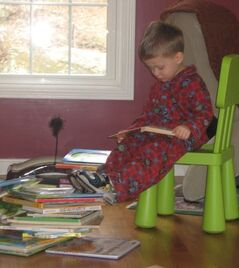 Does your home feel like a place of rest, a peaceful sanctuary where you want to spend time with those you love? As a mother of young children, it can seem near impossible to find rest. Between the practical jobs of cooking and cleaning and teaching and taxiing, and the emotional jobs like therapist, soundboard, referee and voice of reason, resting is that thing you do when you fall down flat on your bed at the end of the day, right? But that isn't very life-giving. Here are a few ways that I have found to restore rest and peace to my household, and make my house truly the home where I want to be. Practical ways to embrace rest in your home: 1. Make it easy to spend time with God. Keep everything you need in one place so you can grab a few minutes while the kids are napping or playing. I keep my Bible, journal, a pen, pencil and ruler all in on box that can travel with me from room to room. Every day Bible reading, or quiet time is difficult for a mother of young children. A MOPS mentor once told me “God gives young mothers grace”. Embrace that. But never stop trying. And keeping all your tools together, makes a quiet time more attainable. 2. Make room for solitude. In the book Sacred Rhythms Ruth Haley Barton explains solitude as “being with what is real in my life – to celebrate the joys, grieve the losses, shed my tears, sit with the questions, feel my anger, attend to my loneliness.” This is not a time of fixing, it is simply a time of inner-stocktaking and laying that stock before God. When my second child was a baby, my solitude came with night feedings. It wasn’t a conscious decision; it was just the only time of the day where I was sitting still in a quiet room. But it was very sweet and I often lingered long after my little one had drifted off to sleep. I recently met a mom who takes a monthly day retreat. She goes off to a quiet place by herself for the day - not to run errands, but to reconnect with herself, to be mindful of her emotions and thoughts, and to set her priorities for the coming month. 3. You set the tone in your house. As mothers we have the power to dial down the noise in our children’s lives. Setting good examples and boundaries when they are young, will shape their future habits. Here are few peace thieves and ways to deal with them:
5. Bust time wasters such as Facebook or other social media. (Perhaps moms also need jars with pom-poms?) Spending too much time on social media is never refreshing. It may be helpful to designate one 20-minute miracle towards that. Can you identify other areas in your life where you waste away time that you could have spent doing something life-giving? 6. Control your schedule, don’t let it control you. If you set the pace while your children are young, that will become their normal. Dr. James Dobson from Focus on the Family advises two activities per child per year. Andy Stanly in Parental Guidance Required says, “In our culture, parents often feel pressured to give their children just the right package of experiences. As a result, many children grow up experience-rich and relationship-poor…When it matters most the quality of your relationship with your children will determine the weight of your influence.” If you don’t spend time building relationship when your children are young, you will not have influence when they are teenagers. Relationship building takes time and effort and is hard to achieve rushing from one activity to the next. Let’s be mindful to create time for rest in our children’s schedules. 7. Be prepared. For example, plan meals around the family calendar so you are sure to keep the more involved dinners for evenings when you are not running around. 8. But be flexible. Meal plans and recipes are merely suggestions. Some days our best plans get derailed. Having the capacity to take such a derailment in your stride, adds to a restful atmosphere in your house. 9. Make it a priority to rest together as a family. Having dinner together is a great time to reconnect as a family. It is easy to extend this together time with a quick board game after dinner or sharing funny or heart-warming picture books. 10. Rest with your mate. When our kids are in bed, my husband and I sit down together on the couch with a cup of tea and a piece of chocolate. We rest and unwind together. Every day. This is my favorite part of the day. Make sure some of your resting and recreation include your mate. Healthy rhythms in your house provide time to work, rest and play. And as we do those things that nurture our souls, we gain the resilience to parent patiently with love and grace. ~Amanda Smith |
On this page,I blog about life, motherhood, and faith. For more about writing, books, and authors, visit 24 Carrot Writing. Archives
February 2024
Categories |
Proudly powered by Weebly
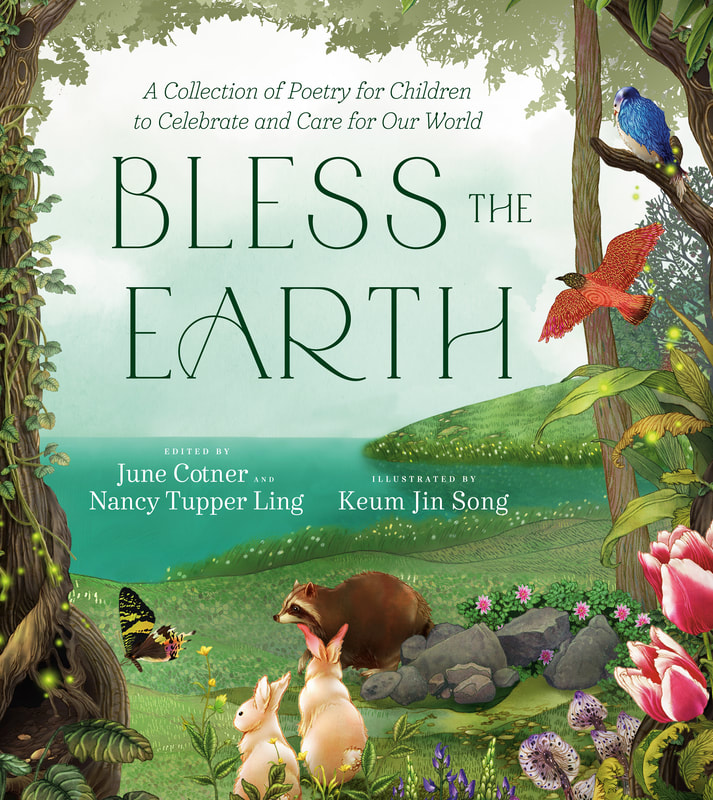






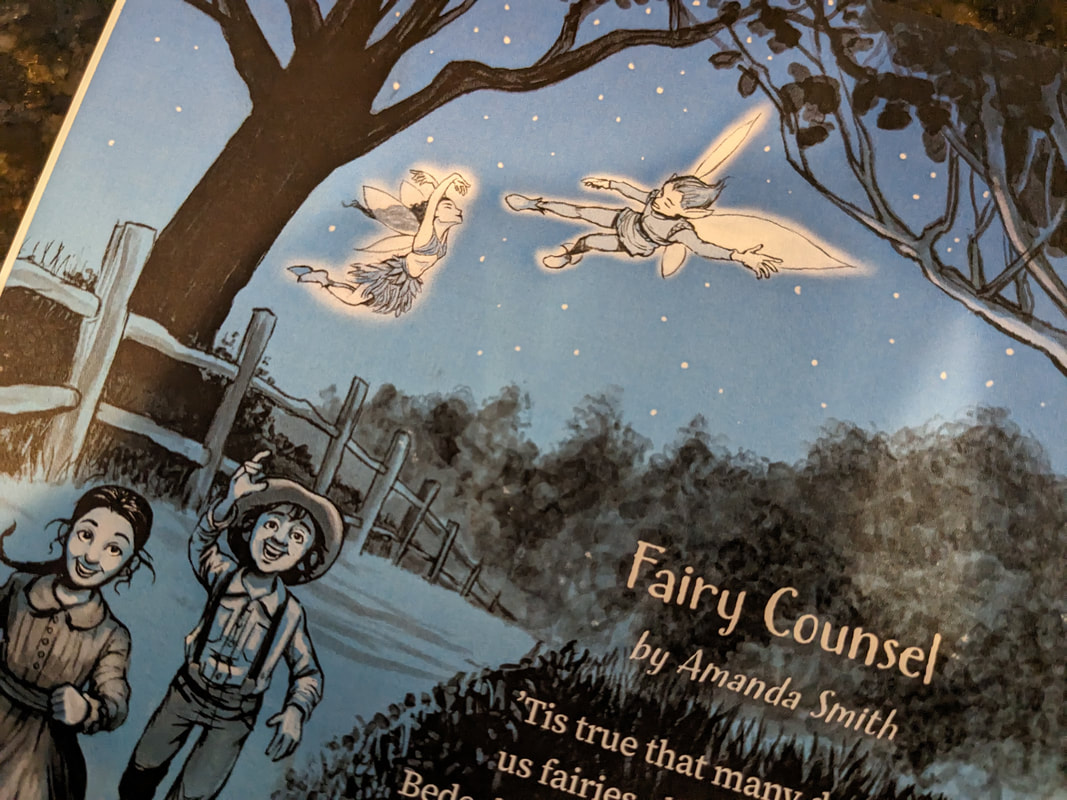
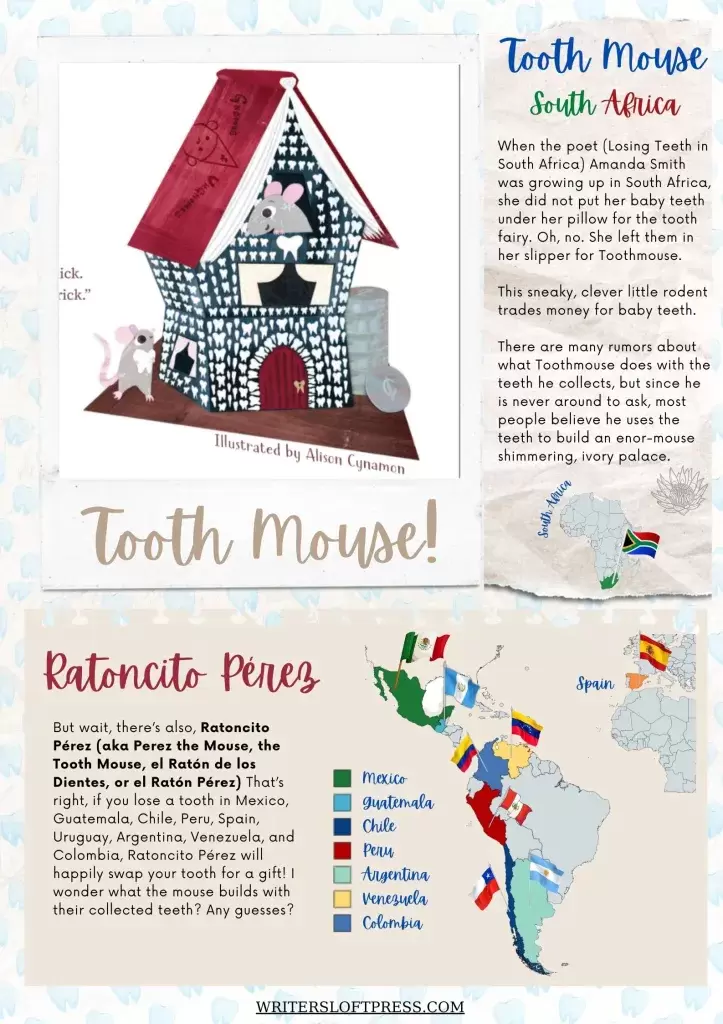
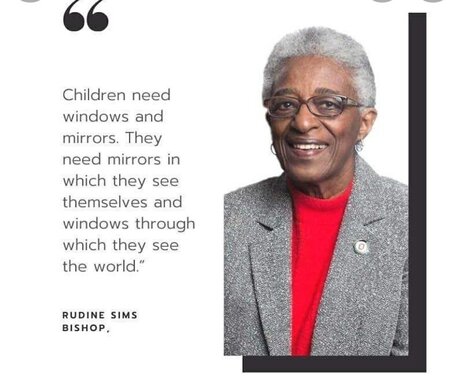
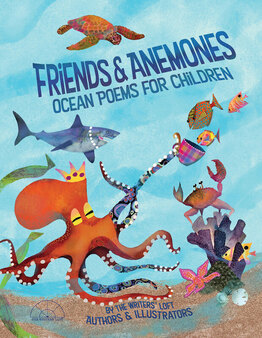
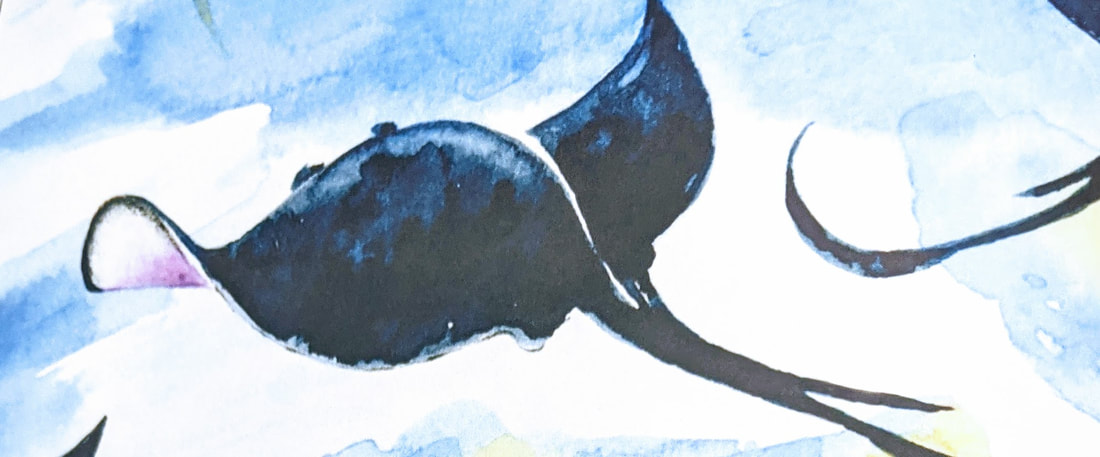
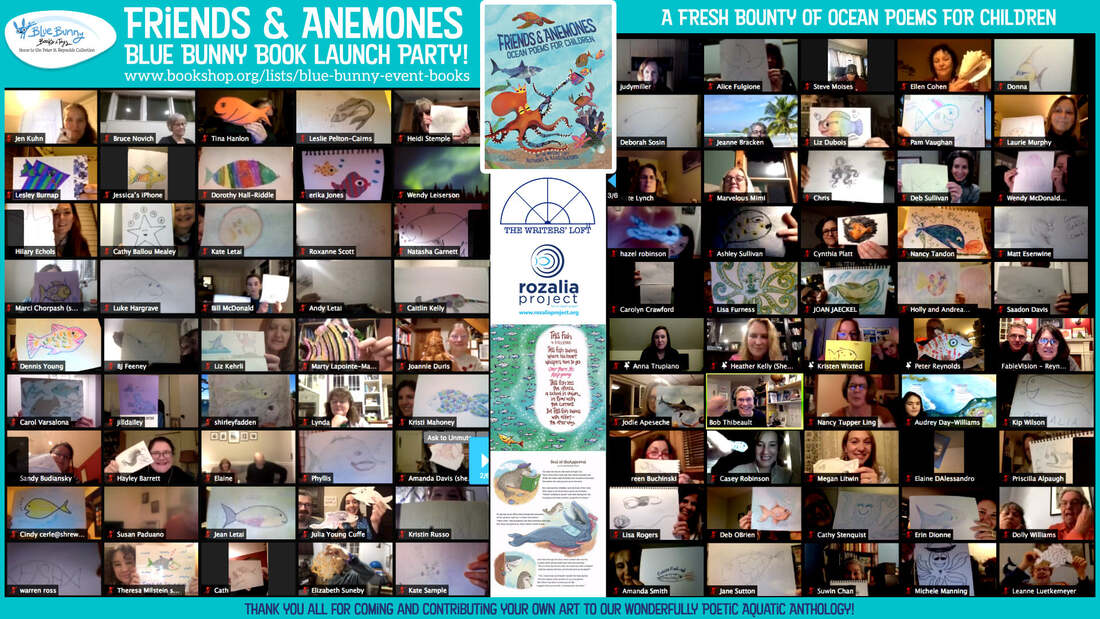



 RSS Feed
RSS Feed